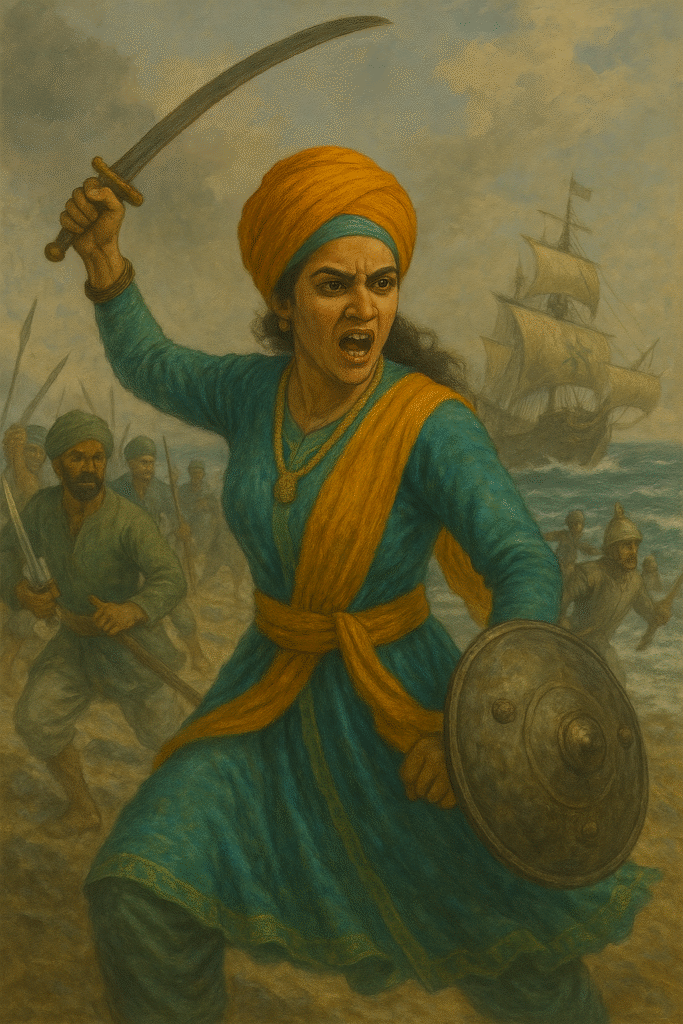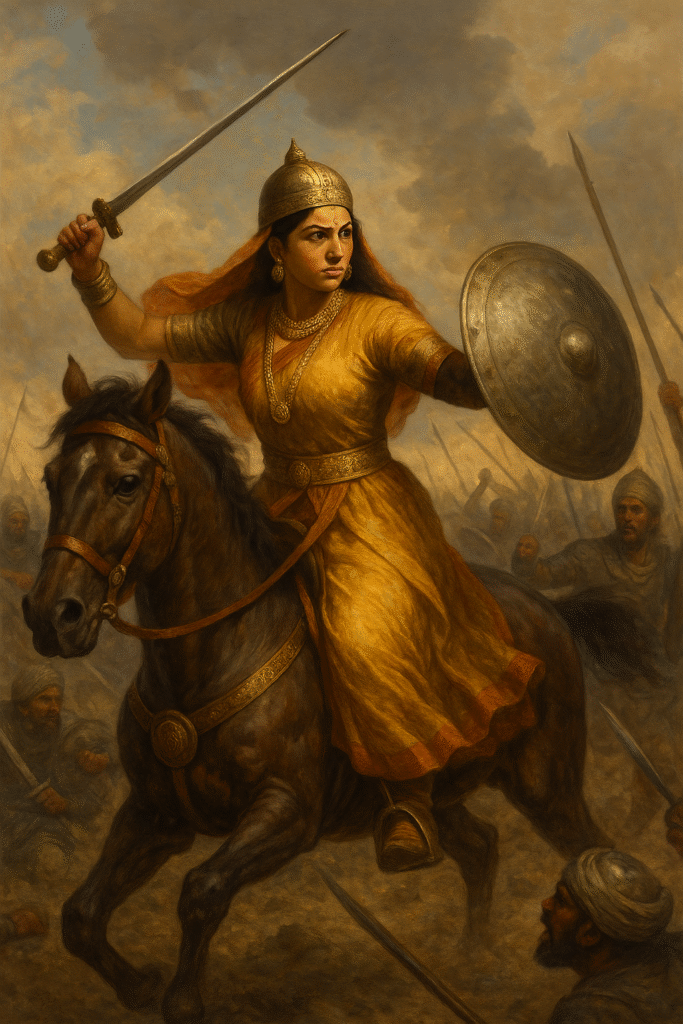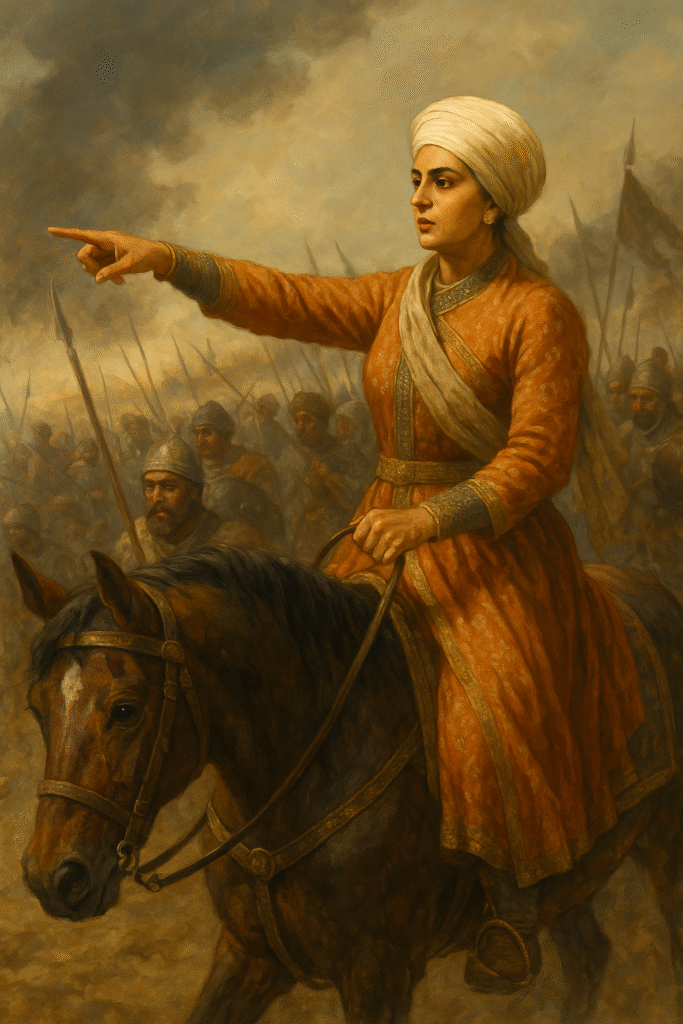When we talk about India’s history, we often hear tales of mighty kings, fierce battles, and golden empires. But hidden between those chapters are pages that rarely got turned—stories of queens who led, fought, and ruled with a strength that could shake empires. It’s time to bring their names back to light.
Rani Durgavati of Gondwana was a warrior queen who ruled in the 16th century. Widowed early, she took charge of her kingdom and led her army into battle against the Mughals. Rather than surrender, she chose martyrdom. Her valor is still remembered in parts of Madhya Pradesh.

Rani Abbakka Chowta, the Queen of Ullal (in present-day Karnataka), was one of the first Indian rulers to resist Portuguese colonization in the 16th century. Using guerrilla warfare, she repelled multiple attacks and became a symbol of resistance in coastal India.

Naiki Devi, the Solanki queen of Gujarat, defeated Muhammad Ghori in 1178 at the battle of Kayadara. A widowed mother, she led her troops from the front and stunned the invaders at a time when female rulers were a rarity.

Chand Bibi, the Regent of Ahmednagar and later of Bijapur, was known for her intelligence and military skills. She defended her fort against the mighty Mughal army not once, but twice, proving that courage doesn’t see gender.

Despite their bravery and leadership, these queens remain shadows in mainstream history. Their absence from school syllabi reflects a deeper issue: the tendency to overlook female agency in power structures.
But today, as Indian society slowly reclaims its diverse roots, there’s a growing interest in these hidden heroines. Books, films, and local folk tales are reviving their legacy—one story at a time.
Maybe the true tragedy is not that these queens were forgotten, but that we never really looked for them. Because in every lost name, there’s a tale of strength waiting to rise again—not just to inspire young girls, but to remind us that history was never just his story. It was hers too.
